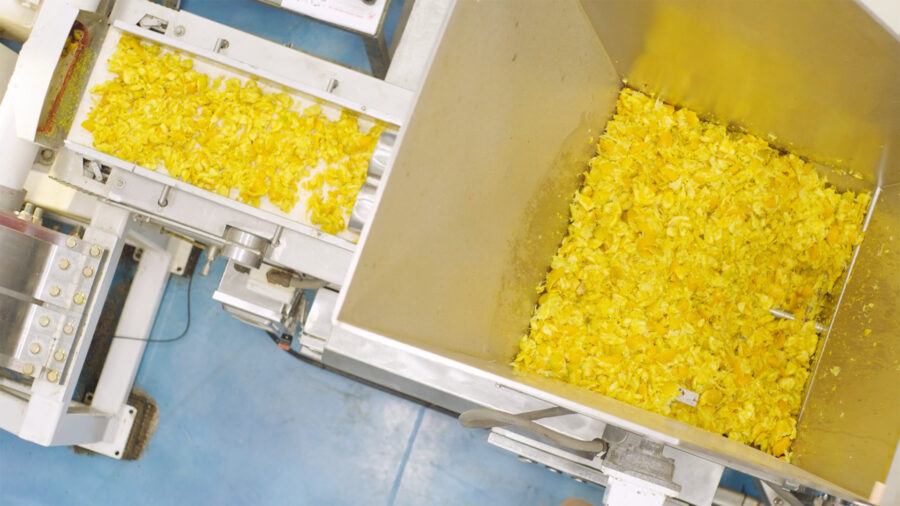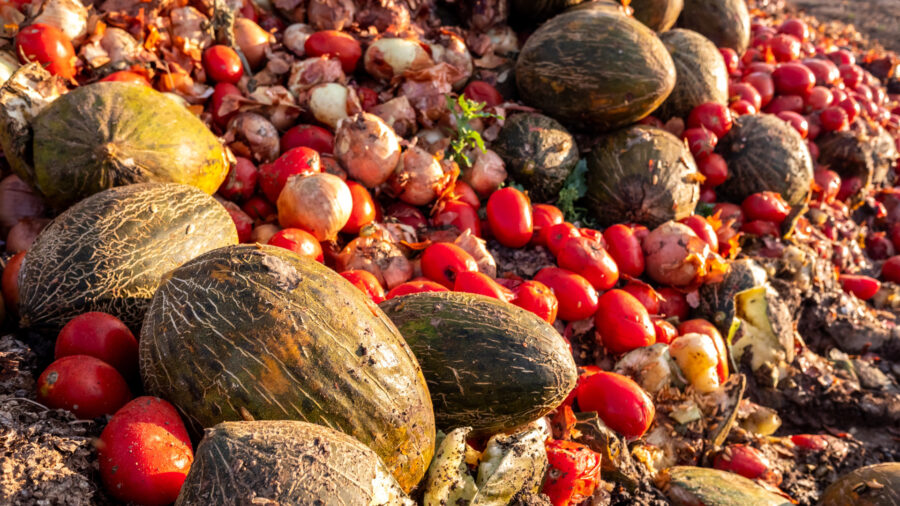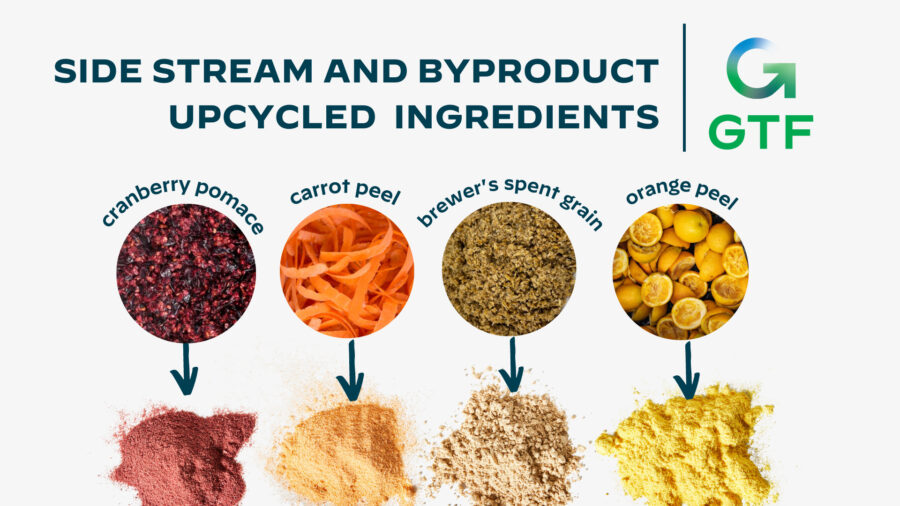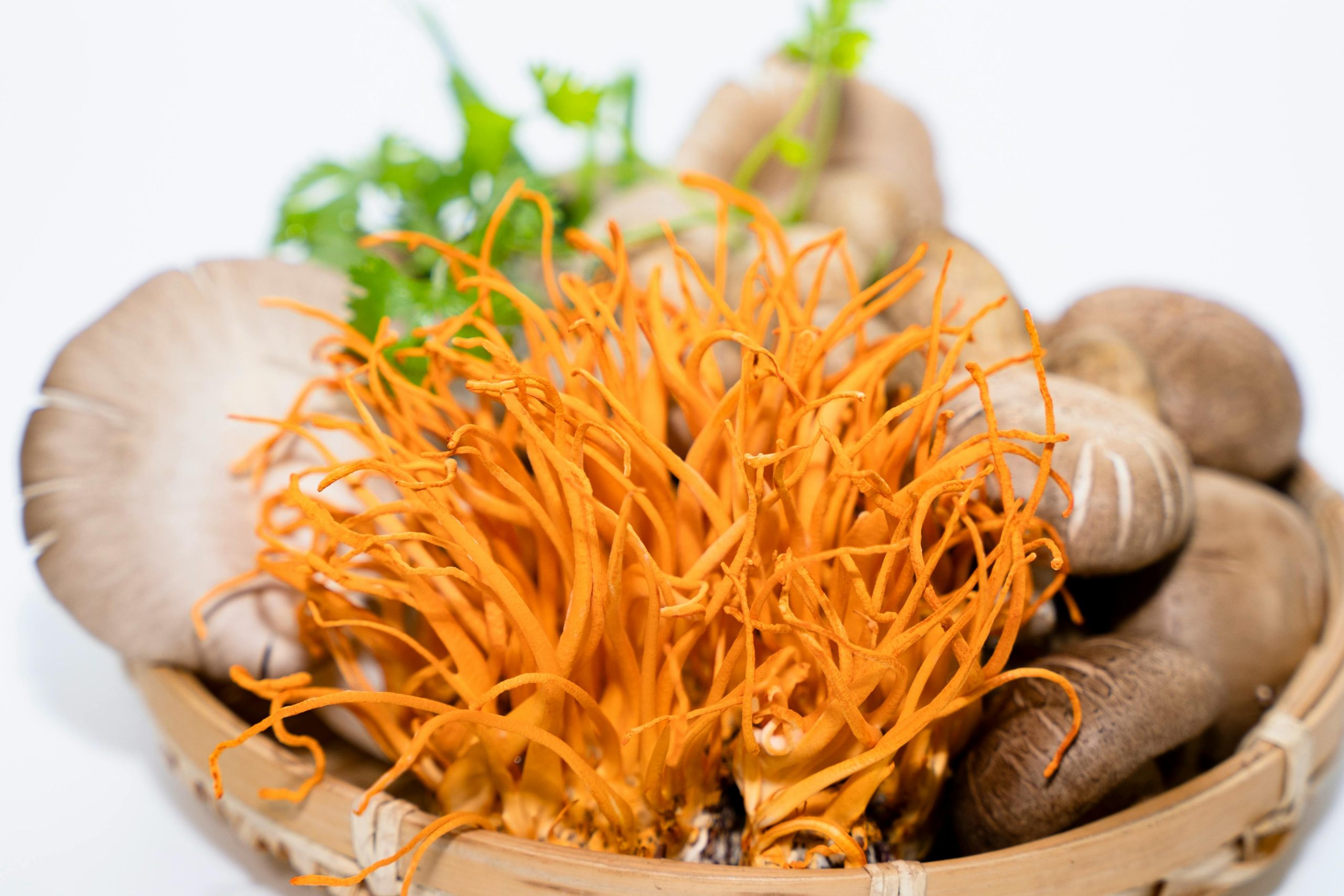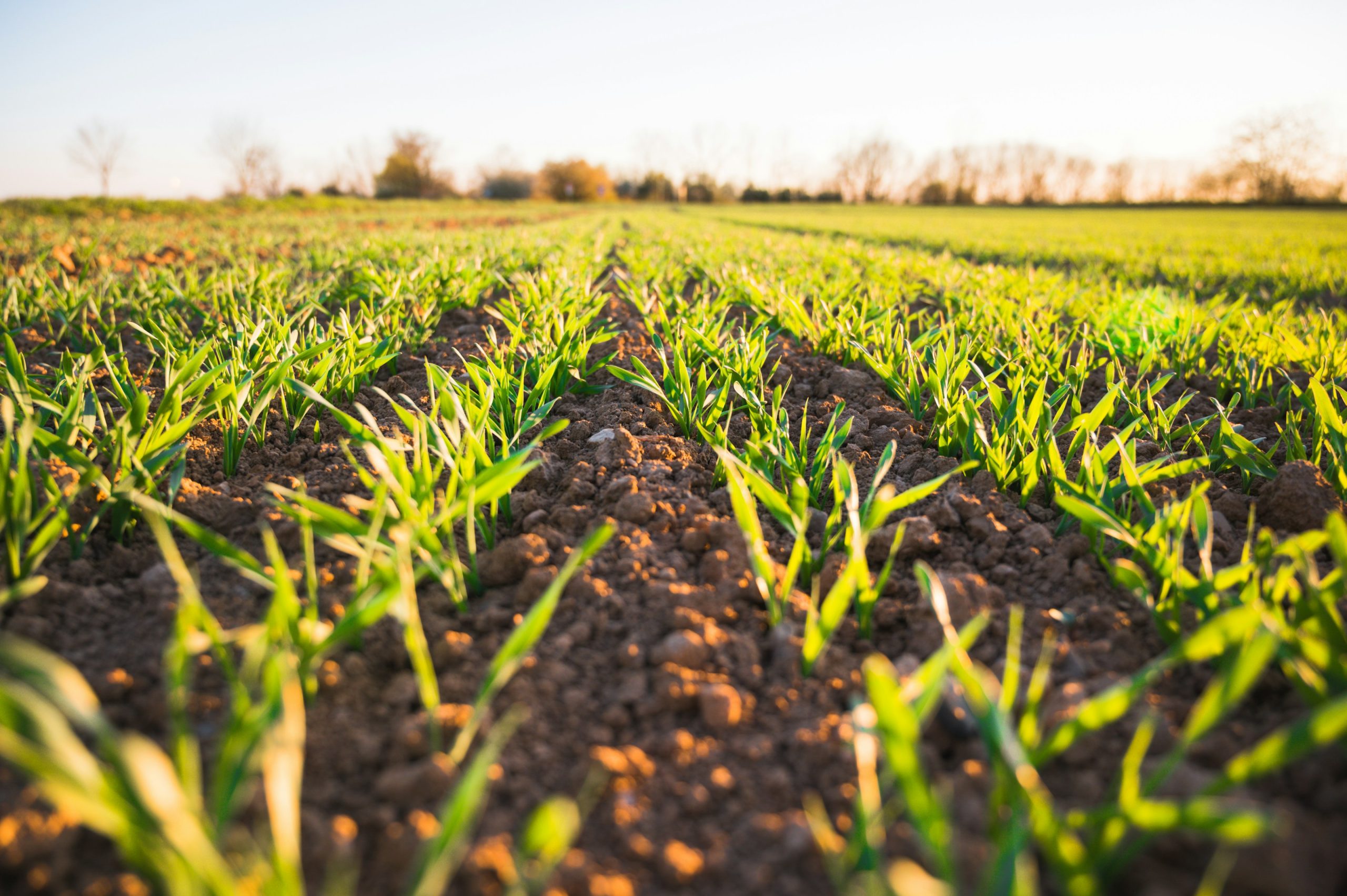This article is sponsored and written by GTF Technologies.
By now, everyone in the food industry knows that 30-40% of food produced1 and almost half of all fruits and vegetables grown worldwide2 go to waste. Many solutions are being proposed but few are financially prudent or commercially viable. Here are five ways you can improve the environment while monetizing your food waste with a new technology poised to revolutionize the food processing industry.
Reduce food waste at the processing stage
Nearly 90% of surplus in food processing is byproduct and production line waste3. But much of what gets thrown out – the peels, stems, pomace, and seeds – are not only edible but often the most nutritious parts of the fruit or vegetable and are valuable for resale in powder form (see #2 below).
Food producers, processors, and juicers can now cost-effectively reduce waste by simultaneously drying and milling their side-streamed and leftover organic material in seconds, immediately stabilizing and powderizing it before decay begins.
Produce new carbon-negative, nutrient-dense food ingredients
Rescuing nutritious byproducts that would otherwise go to waste and upcycling them into powders also rescues all the resources that went into that raw food’s growth and production. RENU™ technology uses ultra-high speed and low operating temperatures to retain virtually all the original nutrients of the raw organic materials. This technology stabilizes food immediately to stop rot before it can begin. The nutrient-dense powder it creates is valuable in endless applications: as natural flavors and plant-based colorants; in nutraceuticals and supplements; in functional foods and beverages; in upcycled foods; and in beauty products, bioplastics, pet foods, and more. Upcycled powders give brands a great marketing story while contributing to the planet’s health.
Lower greenhouse gas emissions (GHGs)
When food is landfilled and then covered with more trash, it produces methane, a gas 84 times more potent than carbon dioxide. By diverting food and other organic materials from the landfill and creating new products from it, we not only avoid production of more carbon emissions, but we also actually remove carbon from the environment.
Transportation is another major contributor to carbon emissions. Transporting heavy, moisture-laden produce from farm to processor to dryer to mill to landfill (or back to farm for livestock or fertilizer) is extremely inefficient. By powderizing this material on-site at the food production facility, weight and volume is reduced by up to 90%, dramatically reducing GHGs (not to mention costs) due to transportation.
Mitigate fossil fuel usage and comply with government regulations
Many current food drying methods use copious amounts of natural gas and energy to operate. Several states and municipalities are now heavily regulating natural gas and other fossil fuels to disincentivize usage, which makes food processing difficult in those areas. RENU™ runs 100% electric, allowing you to use far less energy overall and easily comply with government mandates.
Make sustainability profitable
Most sustainability programs drain profitability, making them difficult to justify financially. But if food manufacturers, processors, and juicers can cut waste, eliminate landfill costs, reduce energy use, meet government mandates, and produce new revenue sources with the upcycled powders made from their side streams and byproducts, they’ll be much more apt to adopt measures to improve the environment.
GTF is out to prove that environmental responsibility and financial performance are not mutually exclusive with our RENU™ Drying & Milling System. RENU extracts up to 99% of moisture from organic material and transforms it into powder in just seconds. A single system is less than 1,000 square feet, so it can easily fit in line with food processing equipment and can also be scaled up to meet large volume and batch processing requirements. Practically any organic material can be powderized and used in a myriad of markets (see above), and we can help connect you to powder buyers and consumers.
2Half of all US food produce is thrown away, new research suggests | Environment | The Guardian
3Food Waste Problem | ReFED[/vc_column_text][/vc_column][/vc_row]

About GTF Technologies
We aim to reduce waste, improve the planet, nourish people, and boost bottom lines by gleaning excess and underused resources and transforming them into nutritious, profitable materials with our innovative technology. Our revolutionary RENU™ Drying & Milling System powderizes fresh produce and other raw materials in a single step, retaining virtually all nutrients without excessive heat.
Contact
Liz Weaver
Marketing Director
Email: lweaver@gtf-technologies.com


